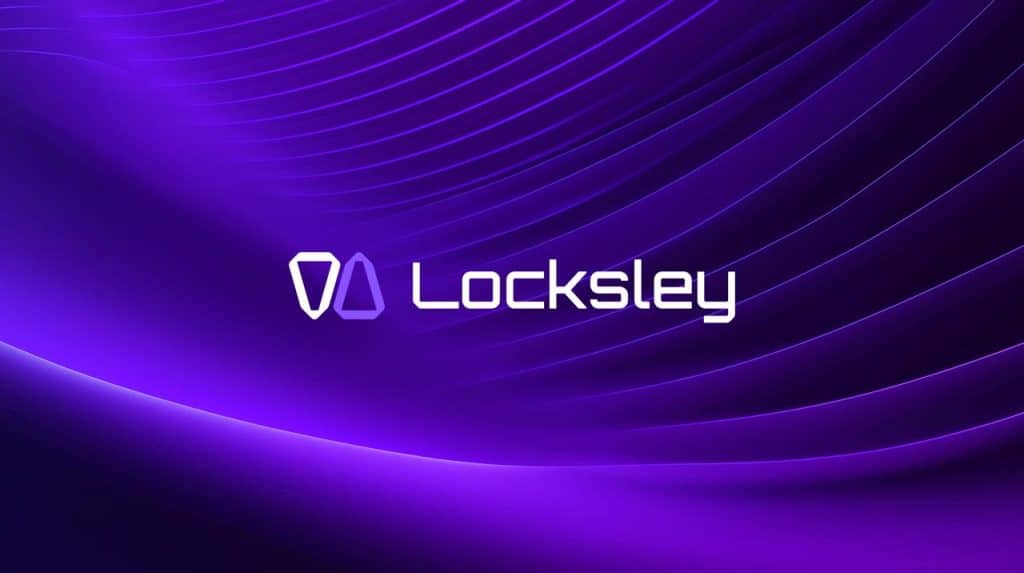Most people don’t talk about it, but trading your own capital comes with more than just financial risk — it comes with emotional weight, limited upside, and a frustrating ceiling that very few ever break through.
Ask any small-scale investor what it’s like to grow a $1,000 account. To double it, they’d need a 100% return — something that takes extreme risk, perfect timing, or both. And even if they pull it off, they’re still only sitting on $2,000. It feels more like surviving than building. It feels like work.
That’s the hidden cost: not just risking your money, but your energy, your belief, and your momentum. Because no matter how good your strategy is, without access to real capital, you can’t scale. And if you can’t scale, you can’t grow.
The Math Doesn’t Work — And That’s the Real Problem
Traditional brokerages made trading more accessible. But they didn’t make it more scalable. Retail traders with small accounts are left fighting for inches — dealing with PDT restrictions, platform limits, volatility, and emotional stress that comes from watching personal savings swing with every trade.
You can have the right mindset. You can journal every entry. You can trade smart, stay disciplined, and manage risk — and still walk away with results that don’t justify the time you’re putting in.
It’s not about motivation. It’s about mechanics. And the mechanics are broken for traders who are forced to rely solely on their own capital.
Locksley: A Different Path for Traders Who Are Ready, But Undercapitalized
That’s the problem Locksley was built to solve. Not by offering more leverage or margin — but by flipping the equation entirely.
Instead of trying to double a $1,000 account, Locksley gives traders the ability to use that same $1,000 to access real capital — up to $50,000 in buying power — through a structured evaluation built for stock traders, not forex gamblers or content creators.
There’s no guessing. No gimmicks. Just a clear, fair framework for serious traders to prove their consistency and get funded. Once qualified, they trade with firm capital — not demos, not simulation — and keep a share of the profits.
Locksley doesn’t remove the responsibility. It removes the roadblock. You still have to show discipline. You still have to manage risk. But now, you’re doing it with tools that give your skill room to grow.
What If the Problem Wasn’t Your Strategy — But Your Starting Point?
For years, traders have believed they need to “grind it out” with small accounts. That they have to suffer through years of trying to turn pennies into dollars before they can call themselves successful. Locksley challenges that belief.
It says: If you’ve put in the time, if you’ve built the discipline, if you know how to trade — you deserve a chance to actually make it mean something.
That’s the difference.
To learn more about Locksley, visit their website and follow Locksley on social media: Instagram, X, Facebook, and YouTube.
